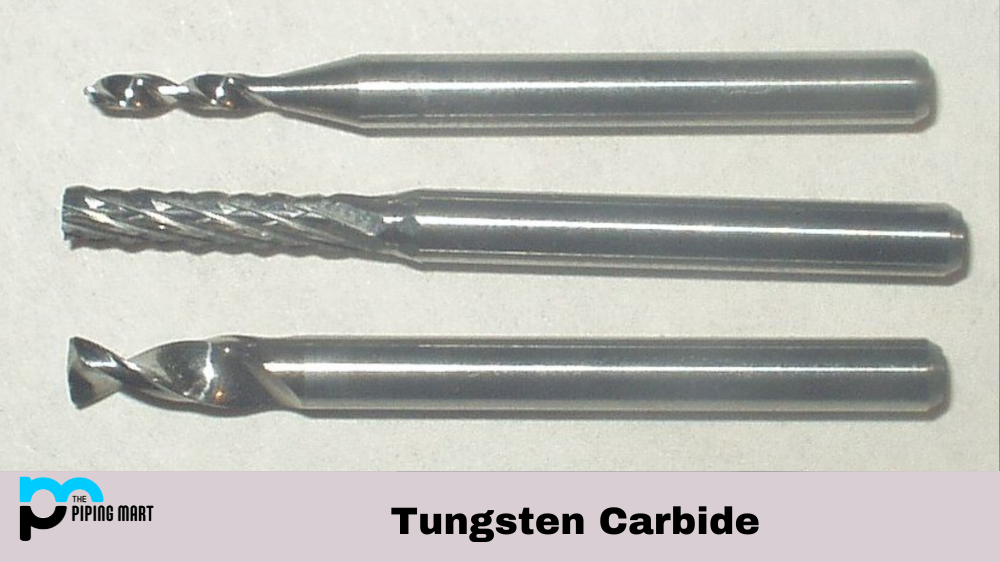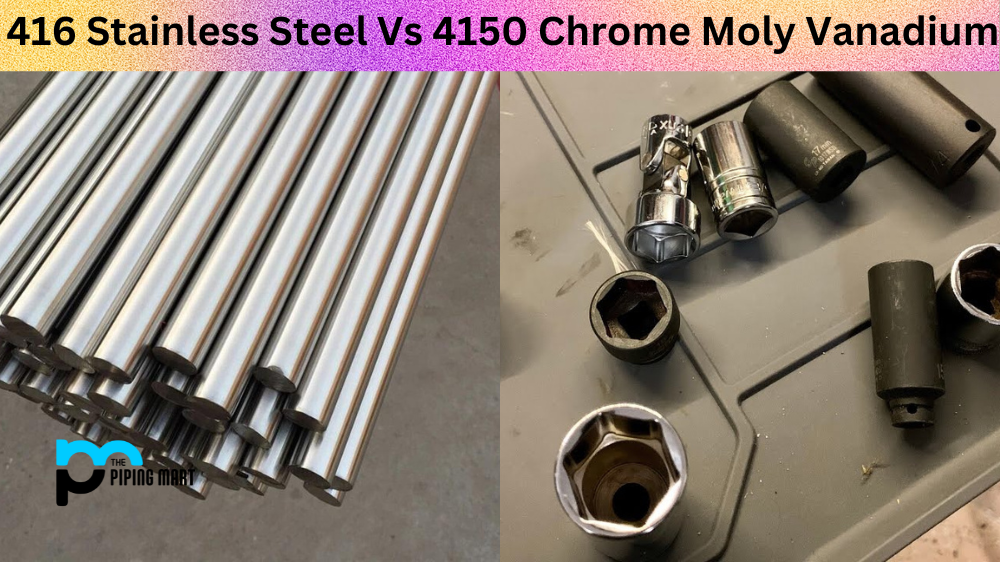Joining two dissimilar metals, such as duplex and 316 stainless steel, is tricky. But with the right technique and tools, you can achieve a reliable weld that will last for years. In this blog post, we’ll look at the process of welding duplex to 316 stainless steel and what you need to know before you get started.
Step 1
The first step in welding duplex to 316 stainless steel is to use the correct filler metal. The most common choice for this application is the 2209 duplex stainless steel rod or wire, which features an austenitic-ferritic microstructure that provides excellent corrosion resistance as well as strength and toughness. This type of filler metal also provides a good color match when compared to both types of metal being joined. Another option is a 309L SS filler rod or wire, which may offer a better color match but has lower corrosion resistance than 2209 duplex stainless steel.
Step 2
Next, using the right welding process for your particular application is important. Shielded Metal Arc Welding (SMAW) is often used in this type of welding because it’s relatively easy to use and produces strong welds with minimal distortion or warping of the base metals due to its low heat input. Gas Tungsten Arc Welding (GTAW) can also be used, although it requires more skill and experience due to its higher heat input and more complex setup requirements. Finally, Flux-Cored Arc Welding (FCAW) offers many advantages over SMAW and GTAW but should only be used by experienced welders who are familiar with its specific techniques.
Step 3
It’s also important to pay attention to your joint design when welding duplex to 316 stainless steel. Ideally, you should use one of three main joint designs—butt joints, lap joints, or corner joints—depending on your particular application and the specific requirements of your weldment. Additionally, ensure that all edges are properly prepared before welding by cleaning them thoroughly with a wire brush or grinder to remove any dirt or debris that could interfere with the quality of your welds.
Conclusion:
Welding duplex to 316 stainless steel isn’t something that should be taken lightly; it requires skill and experience for it to be done properly. However, with the right knowledge and preparation, anyone can successfully join these two metals together using proper techniques and equipment like 2209 duplex stainless steel rod/wire filler metal or 309L SS rod/wire filler metal along with Shielded Metal Arc Welding (SMAW), Gas Tungsten Arc Welding (GTAW), or Flux-Cored Arc Welding (FCAW). And finally, don’t forget about joint design; selecting the right joint design will help ensure successful results every time!

Abhishek is a seasoned blogger and industry expert, sharing his insights and knowledge on various topics. With his research, Abhishek offers valuable insights and tips for professionals and enthusiasts. Follow him for expert advice on the latest trends and developments in the metal industry.




